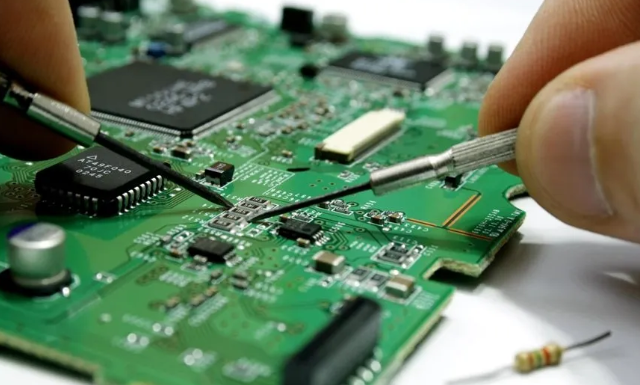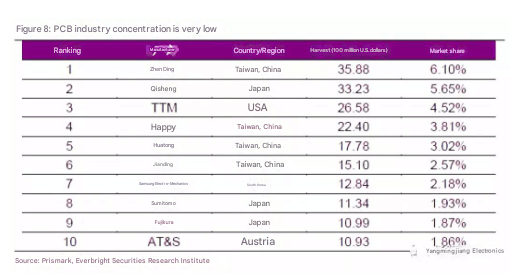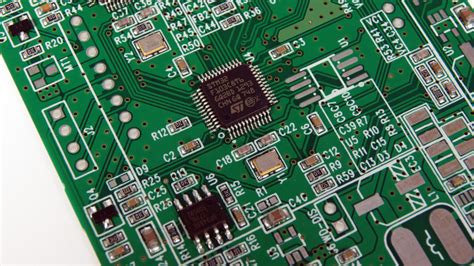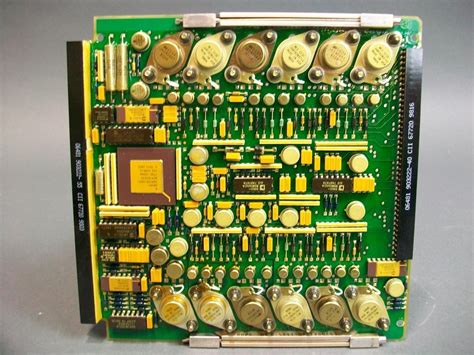What is PCB Output Value? Understanding the Economic Impact of Printed Circuit Board Manufacturing
Introduction to PCB Output Value
Printed Circuit Board (PCB) output value represents the total monetary worth of PCBs produced within a specific time period (typically annually) by a company, region, or country. This critical economic metric serves as a key performance indicator for the electronics manufacturing industry, reflecting both production volume and market value of these essential electronic components.
PCBs form the foundational building blocks of virtually all modern electronic devices, from smartphones and computers to industrial equipment and automotive systems. As such, PCB output value has become an important gauge of technological manufacturing capacity and economic health for nations engaged in electronics production.
Understanding the Components of PCB Output Value
1. Production Volume Metrics
PCB output value fundamentally begins with quantitative production measurements:
- Number of boards produced: The sheer count of PCBs manufactured
- Total area produced: Measured in square meters or square feet, as PCB sizes vary significantly
- Layer count distribution: Breakdown of single-layer, double-layer, and multi-layer boards (4+ layers)
2. Value-Added Components
The monetary value incorporates several key factors:
- Base material costs: Including substrates like FR-4, high-frequency materials, and flexible substrates
- Manufacturing complexity: More complex boards (HDI, flex-rigid) command higher prices
- Technological sophistication: Advanced features like blind/buried vias or fine-pitch components
- Testing and certification: Costs associated with quality assurance processes
- Logistics and packaging: Special handling requirements for delicate PCBs
3. Market Segmentation
PCB output value is typically categorized by:
- Product type: Rigid, flexible, rigid-flex, IC substrates
- End-use applications: Consumer electronics, automotive, aerospace, medical, etc.
- Geographic distribution: Domestic sales vs. export values

Global PCB Output Value Trends
The global PCB industry has shown consistent growth with some fluctuations:
Historical Growth Patterns
- 2000-2008: Steady growth averaging 5-7% annually
- 2009: Significant dip due to global financial crisis (~15% decline)
- 2010-2019: Recovery and growth, averaging 3-5% annually
- 2020: Minor disruption from COVID-19, then strong rebound
- 2021-2023: Supply chain challenges and material shortages affecting output
Regional Distribution (2023 estimates)
- China: ~52% of global output value ($42 billion)
- Taiwan: ~13% ($10.5 billion)
- South Korea: ~11% ($9 billion)
- Japan: ~9% ($7.3 billion)
- North America: ~5% ($4 billion)
- Europe: ~4% ($3.2 billion)
- Others: ~6% ($4.8 billion)
Sector-Specific Trends
- Consumer electronics: 32% of total output value
- Communications: 28% (including 5G infrastructure)
- Automotive: 18% (increasing with vehicle electrification)
- Industrial: 12%
- Medical/Aerospace/Defense: 10%
Factors Influencing PCB Output Value
1. Technological Advancements
- Miniaturization (HDI boards)
- High-frequency materials for 5G
- Embedded component technology
- Advanced packaging techniques
2. Material Costs
- Fluctuations in copper prices
- Specialty substrate availability
- Chemical and laminate costs
3. Labor and Manufacturing Costs
- Regional wage differences
- Automation adoption rates
- Environmental compliance costs
4. End-Market Demand
- Consumer electronics refresh cycles
- Automotive electronics growth
- Industrial IoT expansion
- 5G infrastructure rollout
5. Geopolitical Factors
- Trade policies and tariffs
- Supply chain localization trends
- Technology transfer restrictions

Measurement Methodologies
1. Data Collection Approaches
- Company reporting: Publicly traded PCB manufacturers disclose financials
- Industry associations: Compile data from member companies
- Government statistics: Customs data for imports/exports
- Market research: Firm-level surveys and estimates
2. Calculation Methods
- Revenue-based: Sum of all PCB sales
- Production-based: Valuation of manufactured output (including inventory changes)
- Value-added: Contribution to GDP from PCB manufacturing activities
3. Standardization Challenges
- Varying definitions of what constitutes a “PCB”
- Differences in reporting currency and exchange rate effects
- Inclusion/exclusion of related services (design, assembly)
Economic Significance of PCB Output Value
1. Indicator of Electronics Ecosystem Health
PCB output value serves as:
- Leading indicator for broader electronics production
- Benchmark for component supply chain robustness
- Measure of regional technological competitiveness
2. Employment and Value Creation
- Direct employment in PCB manufacturing
- Indirect employment in materials, equipment, and services
- Multiplier effect on local economies
3. Trade Balance Contributions
- Many countries rely on PCB exports
- High-value PCB production improves trade positions
- Import dependence affects trade deficits

Future Outlook for PCB Output Value
Projected Growth Drivers
- 5G infrastructure: Requiring high-frequency PCBs
- Automotive electronics: Electric vehicles use 2-3x more PCBs
- IoT proliferation: Massive growth in connected devices
- Advanced packaging: For semiconductor miniaturization
- Medical electronics: Aging populations and digital healthcare
Emerging Technologies Impact
- Additive manufacturing: Potential to disrupt traditional PCB production
- Embedded components: Creating higher-value boards
- Sustainable materials: Bio-based substrates and recyclable designs
Market Challenges
- Price pressures: From commoditization of standard boards
- Supply chain risks: Material shortages and geopolitical factors
- Environmental regulations: Restricting certain materials and processes
Conclusion: The Strategic Importance of PCB Output Value
PCB output value represents far more than just the sum of circuit boards produced—it reflects the technological capability, manufacturing sophistication, and economic vitality of regions competing in the global electronics industry. As digital transformation accelerates across all sectors of the economy, the ability to produce high-value PCBs will remain a critical differentiator for national economies and corporate competitors alike.
Understanding the components, measurement approaches, and drivers of PCB output value provides valuable insights for:
- Policymakers crafting industrial strategies
- Investors evaluating electronics sector opportunities
- Corporate strategists making capacity planning decisions
- Economists analyzing manufacturing trends
With projected compound annual growth rates of 3-5% through 2030, PCB output value will continue to serve as a vital metric for assessing the health and direction of the global electronics industry. The nations and companies that can capture greater shares of this high-value manufacturing will position themselves for success in an increasingly digital world economy.







